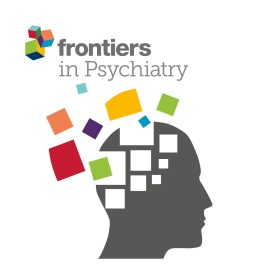
“In recent years, human and animal studies have converged to support altered inflammatory signaling as a molecular mechanism underlying the pathophysiology of alcohol use disorders (AUDs). Alcohol binds to receptors on immune cells, triggering signaling pathways that produce pro-inflammatory cytokines. Chronic inflammation is associated with tissue damage, which may contribute to negative effects of AUD. Conversely, cannabis is associated with decreased inflammatory signaling, and animal studies suggest that cannabinoids may impact alcohol-induced inflammation. Thus, the impact of cannabis on inflammation in AUDs in humans warrants examination.
METHODS:
We explored the relationship between self-reported alcohol and cannabis use and circulating levels of the pro-inflammatory cytokines interleukin 6 (IL-6), IL-8, and IL-1β in the blood. Among 66 regular drinkers (mean age = 30.08), we examined circulating cytokines and administered questionnaires assessing alcohol consumption and days of cannabis use over the past 90 days. We examined whether alcohol consumption, cannabis use, and gender were associated with changes in circulating cytokines, and whether there was a significant interaction between alcohol and cannabis use predicting blood levels of circulating cytokines.
RESULTS:
A positive association between alcohol and IL-6 emerged. We also observed a negative association between cannabis and IL-1β. Follow-up moderation analyses indicated a cannabis by alcohol interaction predicting circulating IL-6, such that cannabis nonusers showed a stronger relationship between alcohol and IL-6 compared to cannabis users.
CONCLUSIONS:
These preliminary findings suggest that cannabinoid compounds may serve to mitigate inflammation associated with alcohol use. In addition, the present results provide data to inform future investigations, with the goal of ultimately leveraging knowledge of the role of inflammation in AUDs to develop more effective treatments focused on novel immune targets.”



 “Substance use disorder is characterized by repeated use of a substance, leading to clinically significant distress, making it a serious public health concern. The endocannabinoid system plays an important role in common neurobiological processes underlying substance use disorder, in particular by mediating the rewarding and motivational effects of substances and substance-related cues. In turn, a number of
“Substance use disorder is characterized by repeated use of a substance, leading to clinically significant distress, making it a serious public health concern. The endocannabinoid system plays an important role in common neurobiological processes underlying substance use disorder, in particular by mediating the rewarding and motivational effects of substances and substance-related cues. In turn, a number of 



